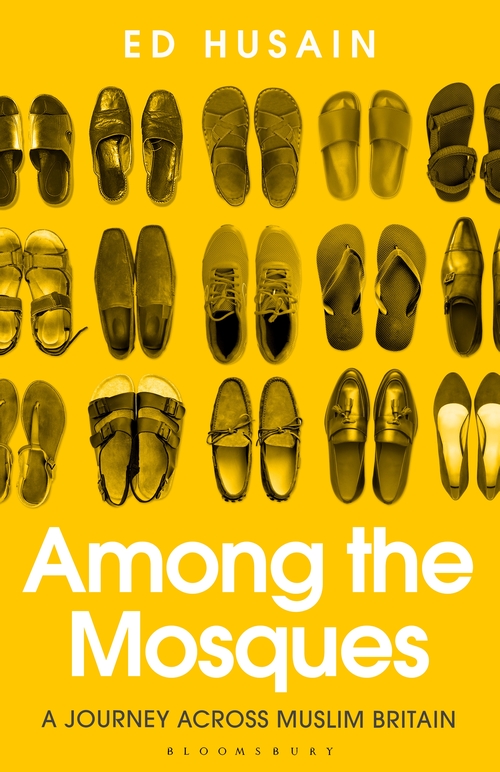The most astonishing thing about the recent riots was the surprise of the media, in France as elsewhere, at this outbreak of violence. For indeed, violence in the suburbs is nothing new. In the 1980s, the suburbs of Paris and Lyon were similarly set aflame. And in November of 2004, the violence of the suburbs broke out in the very heart of Paris when two rival gangs clashed on the Champs Elysées. Nor is the isolation of French youth a new phenomenon. Since the 1981 “rodeo riots” in the Lyon suburb Les Minguettes, social and economic conditions in the suburbs have only deteriorated, despite the often generous funding of urban development projects. It is not sufficient, however, to attribute these outbreaks of violence solely to factors of social and economic marginality. This marginality is exacerbated by a general context of urban degradation: a degradation, furthermore, which affects a very specific sector of the population. That is, the crisis of the banlieues primarily concerns first- and second-generation immigrants from the former colonies of the Maghreb. This population has frequently been treated as a separate case, not only in terms of the history and conditions of immigration, but also in terms of the politics of integration. This constant exclusion results in the fact that the issues of poverty, ethnicity, and Islam tend to be conflated, both in current political discourse and in political practice. The recent violence is but the direct consequence of the constant amalgamation of these three separate issues.
Islam, Ethnicity and the Banlieues






